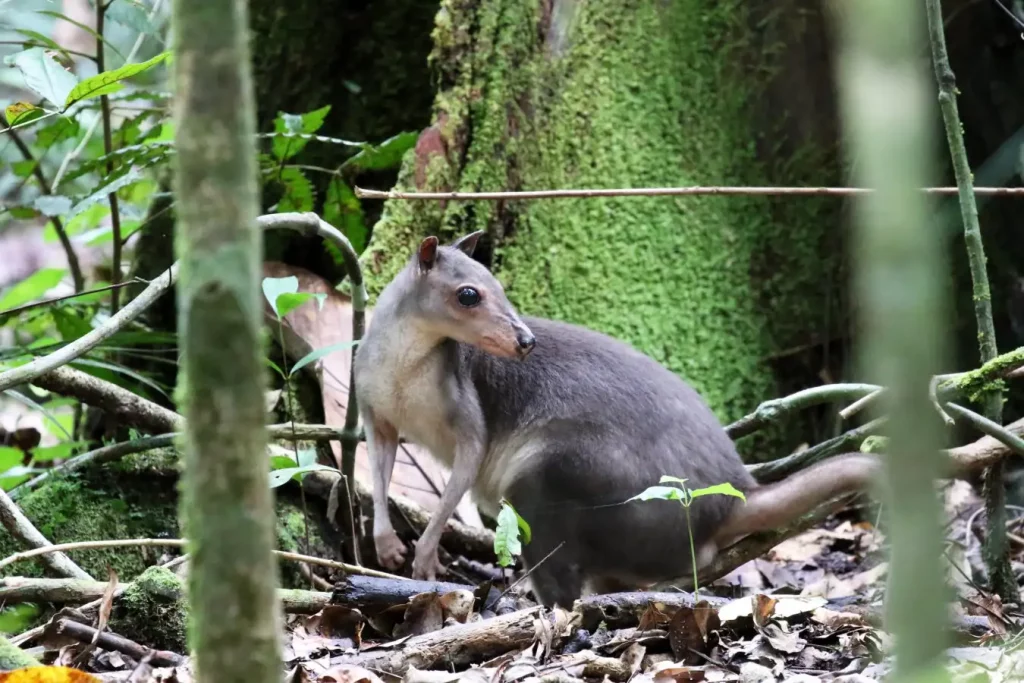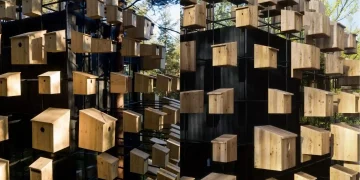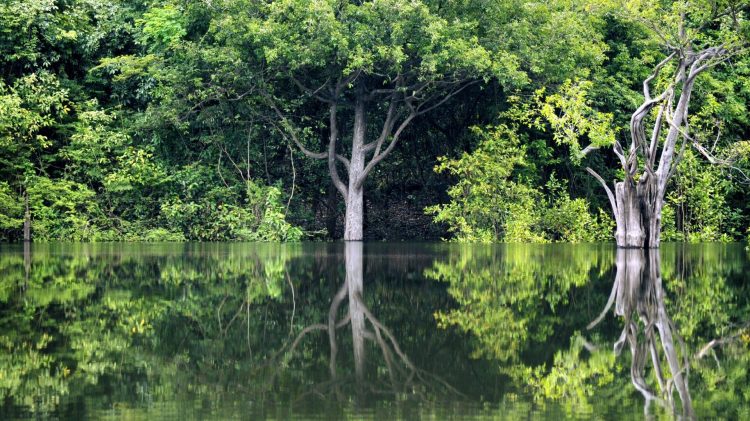A Scientific Marvel: The Birth of the “Super Tree”
In a sunlit greenhouse on the outskirts of Seattle, a sapling sways gently in a breeze that feels no different from that of any ordinary tree. Yet this is no ordinary sapling. It’s a genetically modified “super tree,” engineered with a suite of innovations designed to boost photosynthesis by 300 percent. The leaves capture sunlight with a precision previously reserved for laboratory algae, translating sunlight into carbon-storing biomass at a speed that defies traditional forestry. Seedlings of this remarkable species—spanning poplars, eucalyptus, and even certain conifers—show trunk girths expanding twice as fast as their wild counterparts. In controlled trials, a ten-year plot that would normally yield fifty tons of biomass now promises over a hundred. The promise is electrifying: plant enough of these engineered giants, and we might offset hundreds of millions of tons of carbon dioxide annually, perhaps even tipping the scales in the global effort to keep warming below critical thresholds.
These advances come from a cross-disciplinary effort involving synthetic biologists, foresters, and climate modelers. They’ve repurposed bacterial genes that turbocharge carbon fixation, fused with structural genes to strengthen wood tissues and bolster resilience. The result: trees that are not only speedier CO₂ sponges but also capable of weathering disease and drought that would cripple normal saplings. The public narrative is compelling—laboratories shaping the forests of tomorrow, offering humanity a readily deployable tool to heal a healing planet. Yet the story is far from simple.
Ecosystem in Flux: The Peril of Gene Drift
Back in the wild, wind and wings are the true chemical engineers. The promise of modified trees is shadowed by the risk of gene drift—genes borne on pollen that travels for miles, settling into the native forests that span hills, valleys, and international borders. Imagine a century-old oak forest gradually colonized by alleles engineered in a lab—a tightening genetic dominance that shifts the balance of local ecosystems. These super trees, designed for fast growth in monoculture settings, may outcompete the slower, more diverse native species, edging out undergrowth and the wildlife that depends on it.
Conservationists worry about subtle consequences manifesting over decades: a fungal disease that once stayed local might erupt into a raging epidemic in weakened monocultures, or soil nutrient cycles could be disrupted, favoring invasive species. Pollinators evolved for native forest blossoms might lose food sources, migratory birds may find nesting grounds altered, and the intricate web of relationships connecting tree roots and soil microbes could unravel. In short, retrofitting forests with lab-designed trees risks transforming living ecosystems into carbon factories—efficient, perhaps, but ecologically hollow.
Stakeholders at War: Oil Money and Corporate Control
In the high-stakes world of climate solutions, money follows opportunity. And that’s why some of the largest oil giants and carbon-intensive corporations have begun investing billions into biotech forest programs. Their pitch is seductive: fund plantations of super trees, get certified carbon credits, and continue high-emission activities while cloaking them in neutrality. This aggressively commercial narrative hinges on offset markets that may be too thinly regulated, relying on promises of future carbon capture rather than measurable results today.

Critics cry foul, calling it greenwashing at scale. They see savvy financiers negotiating patents that cover modified seeds across continents, laying groundwork for future control over global forestry resources. The battle lines are drawn between those wanting to incentivize carbon removal and those warning of corporate capture. Community groups in South America and Southeast Asia worry about local farmers losing land to monoculture plantations backed by international investment. Patent attorneys are alarmed at the precedent: genes designed for climate rescue sold as proprietary assets, locked behind licensing walls.
From Hype to Habitat: Navigating the Tipping Point
The big question hanging over all of this is: can we deploy super trees at scale without triggering environmental collapse or corporate exploitation? The key lies in stringent regulation, transparency, and ecological design. Advocates propose zoning genetically enhanced trees into managed carbon plots—not wild forests—where risks can be monitored and contained. Buffer zones of native biodiversity could surround these plantations, acting as genetic firebreaks to protect surrounding ecosystems.
At the same time, open-source genetic libraries and profit-sharing agreements with local communities may democratize the technologies and ensure benefits are shared. Field monitoring using drones, satellite imaging, and tree core testing could track genetic drift and ecological health in real time. Crucially, genuine emission cuts from fossil fuel production must accompany such programs. Carbon removal cannot be a substitute for reduction—it must complement it.
Innovation or Illusion? The Road to 2030
As the world approaches 2030—the deadline set by the Paris Agreement—super trees could become a major part of the climate equation. Their ability to soak up carbon at scale offers hope, but also demands caution. Dangers lurk in gene drift and ecosystem fragility, and the entanglement of petro-giants seeking profit through offset schemes stings of old consumption patterns dressed in green. If biotech trees become yet another tool in humanity’s box, they must be wielded with reduced emissions, ecological stewardship, and social equity. Otherwise, they risk reshaping forests—and economies—into sterile carbon mills, defeating the very purpose they were created to serve.
The coming five years will determine whether these super trees grow as symbols of restoration or warning signs of hubris. Their roots may well shape both the forests and the future of a warming planet.


















































Discussion about this post